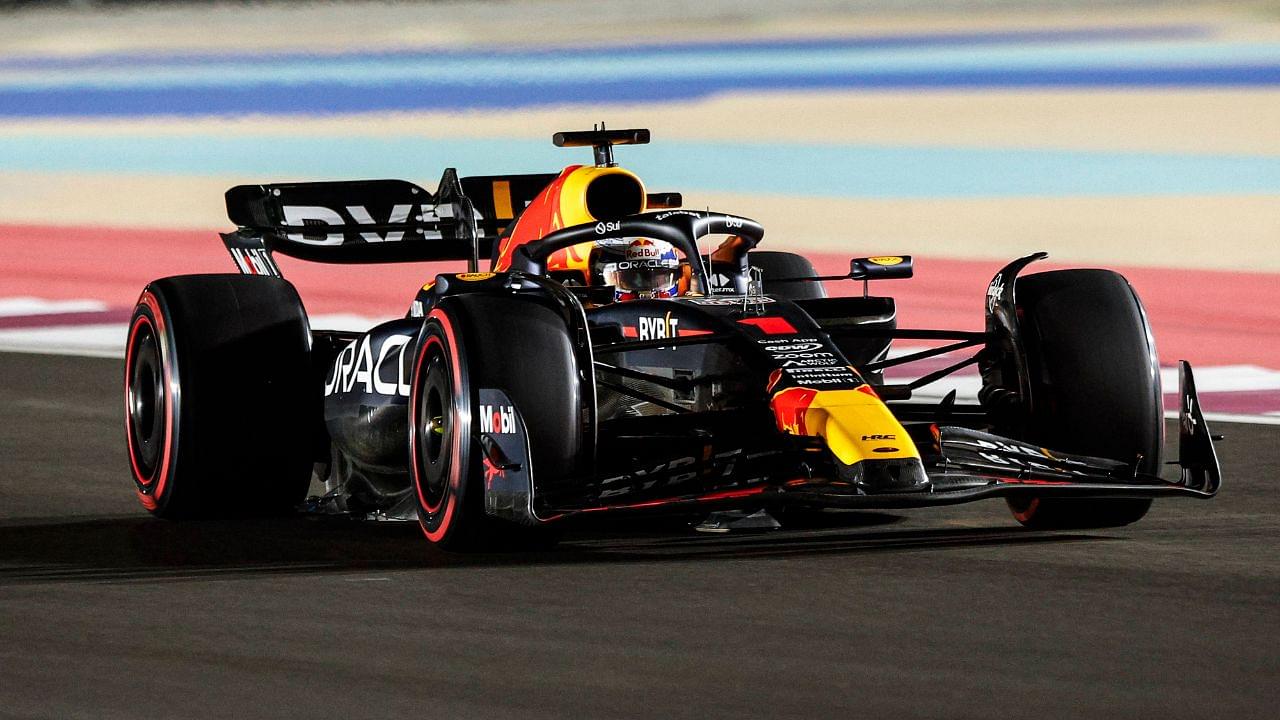The 2026 regulation changes of F1 have hit a major roadblock on the chassis side of things. While this regulation change is mainly based around the new more hybrid power units with increased electrical output and usage of sustainable fuels, the FIA is also looking to incorporate some active aerodynamic components on the chassis. These active aero parts were going to consist of movable rear wing configurations to change on track to high downforce and low drag configurations. However, the latest simulation results on these ‘movable rear wings’ have shown some concerns that could cause cars to spin on high acceleration and the rear to step out on slight curves.
According to Motorsport.com, the FIA has visited teams’ facilities to understand these findings. Several teams have been researching these active aero components and running simulations on how “a high-downforce configuration in corners to help deliver grip, before shifting to a low drag configuration on the straights to help boost straight-line speed”.
However, the concerns about cars spinning when the rear wing is at its most low-drag configuration are grave. Teams have reportedly cited that cars could become “undrivable” and racers may have to drive them conservatively to negate these concerns.
Naturally, any driver would not want to be conservative and not push the car to its limit. As per current simulations, conservative lap times are projected to be slower than the current Formula 2 cars.
A solution that the FIA is considering is that they need to have a similar movable configuration for the front wing too. Therefore, both wings in tandem could help teams achieve the desired performance outputs and the cars may not spin out.
Not the first time, F1 and the FIA have faced concerns about the 2026 regulations
The 2026 regulations are a huge milestone for F1’s sustainability goals, with its increase in reliance on electric power as well as the usage of 100% sustainable fuels. However, these new power unit regulations have had some concerns previously that could compromise the smooth performance of cars, especially with regard to battery power.
The removal of the MGU-H [Heat] as a PU component leaves only the MGU-K [Kinetic] to regenerate used battery power in these new power units. The issue that came up last year was that the increased proportion of electric power with the power from the Internal Combustion Engine could be a tough balance to achieve if the MGU-K cannot regenerate enough energy, as per Motorsport.com.
As a result of this, cars could experience battery power running out on some tracks with long straights and a sudden loss of speed that could become a safety concern. Overall, the balance between the electrical power and the combustion engine power is a tricky one to achieve in these 2026 power units and needs a better reliable solution, specifically on the electric side.
The V6 turbo-hybrid engines since 2014 have been extremely successful and teams have adopted these PUs quite well. While the 2026 engines are an important step from the sustainability perspective, the FIA and F1 teams need to work together to resolve all concerns from a performance standpoint.








